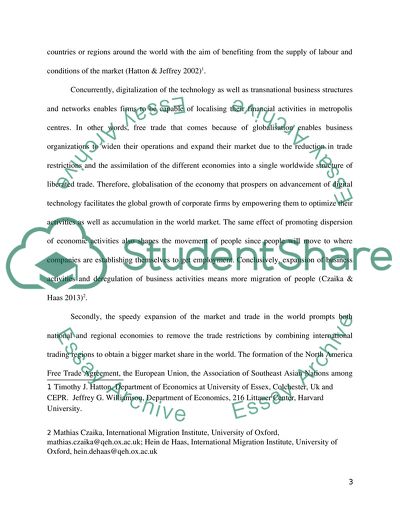Cite this document
(Migration is the Inevitable Outcome of Globalisation Case Study Example | Topics and Well Written Essays - 3500 words, n.d.)
Migration is the Inevitable Outcome of Globalisation Case Study Example | Topics and Well Written Essays - 3500 words. https://studentshare.org/sociology/1845404-migration-is-the-inevitable-outcome-of-globalisation-discuss
Migration is the Inevitable Outcome of Globalisation Case Study Example | Topics and Well Written Essays - 3500 words. https://studentshare.org/sociology/1845404-migration-is-the-inevitable-outcome-of-globalisation-discuss
(Migration Is the Inevitable Outcome of Globalisation Case Study Example | Topics and Well Written Essays - 3500 Words)
Migration Is the Inevitable Outcome of Globalisation Case Study Example | Topics and Well Written Essays - 3500 Words. https://studentshare.org/sociology/1845404-migration-is-the-inevitable-outcome-of-globalisation-discuss.
Migration Is the Inevitable Outcome of Globalisation Case Study Example | Topics and Well Written Essays - 3500 Words. https://studentshare.org/sociology/1845404-migration-is-the-inevitable-outcome-of-globalisation-discuss.
“Migration Is the Inevitable Outcome of Globalisation Case Study Example | Topics and Well Written Essays - 3500 Words”. https://studentshare.org/sociology/1845404-migration-is-the-inevitable-outcome-of-globalisation-discuss.


